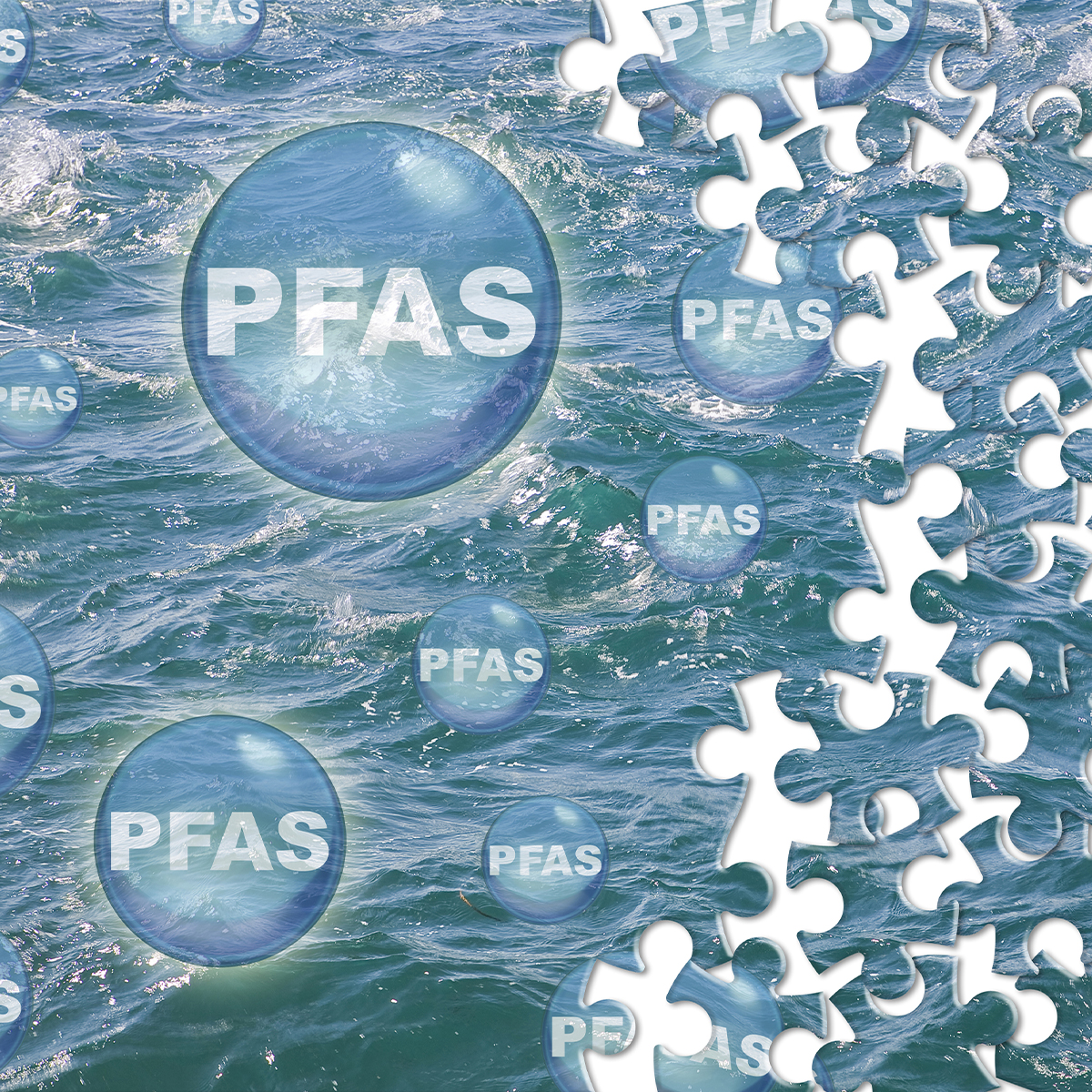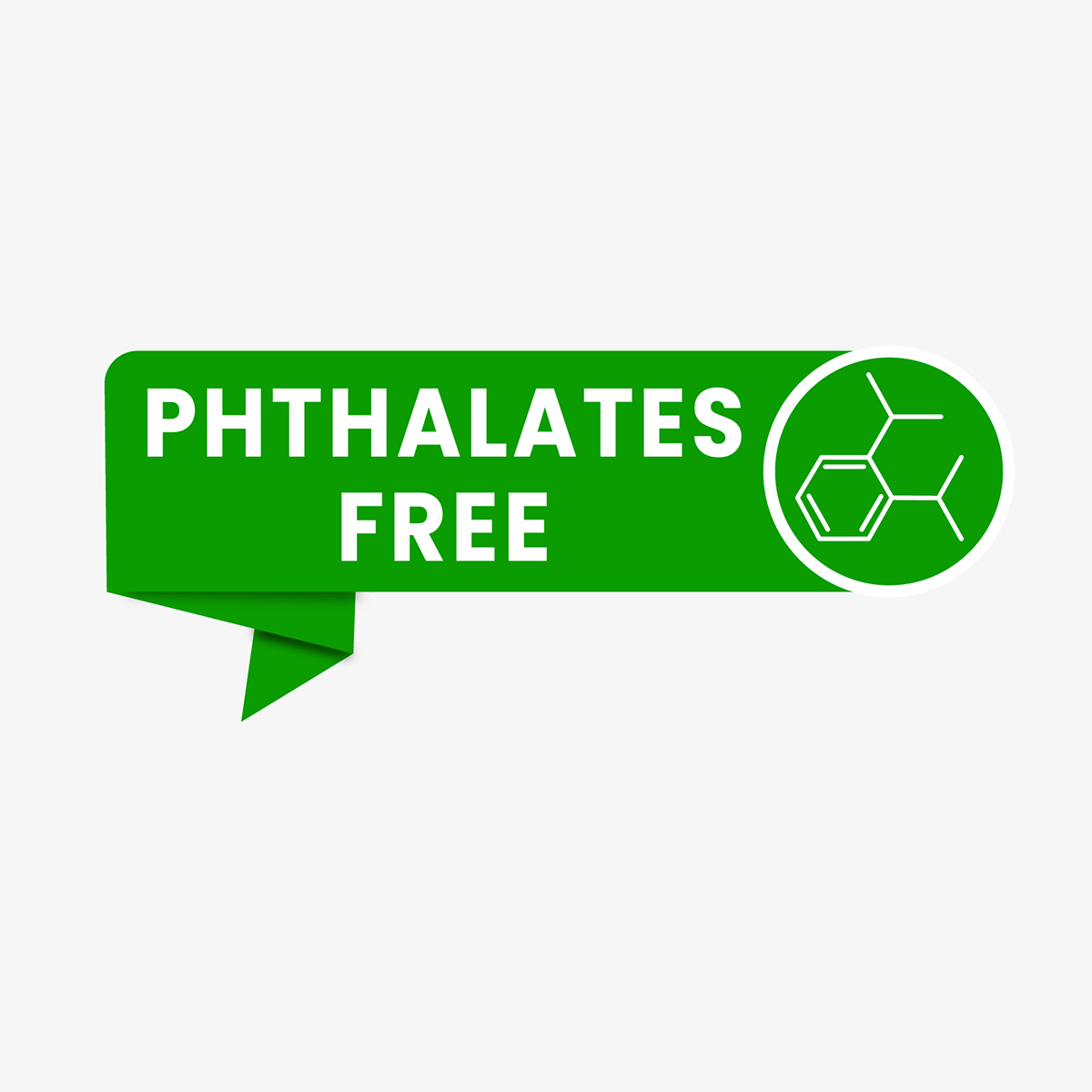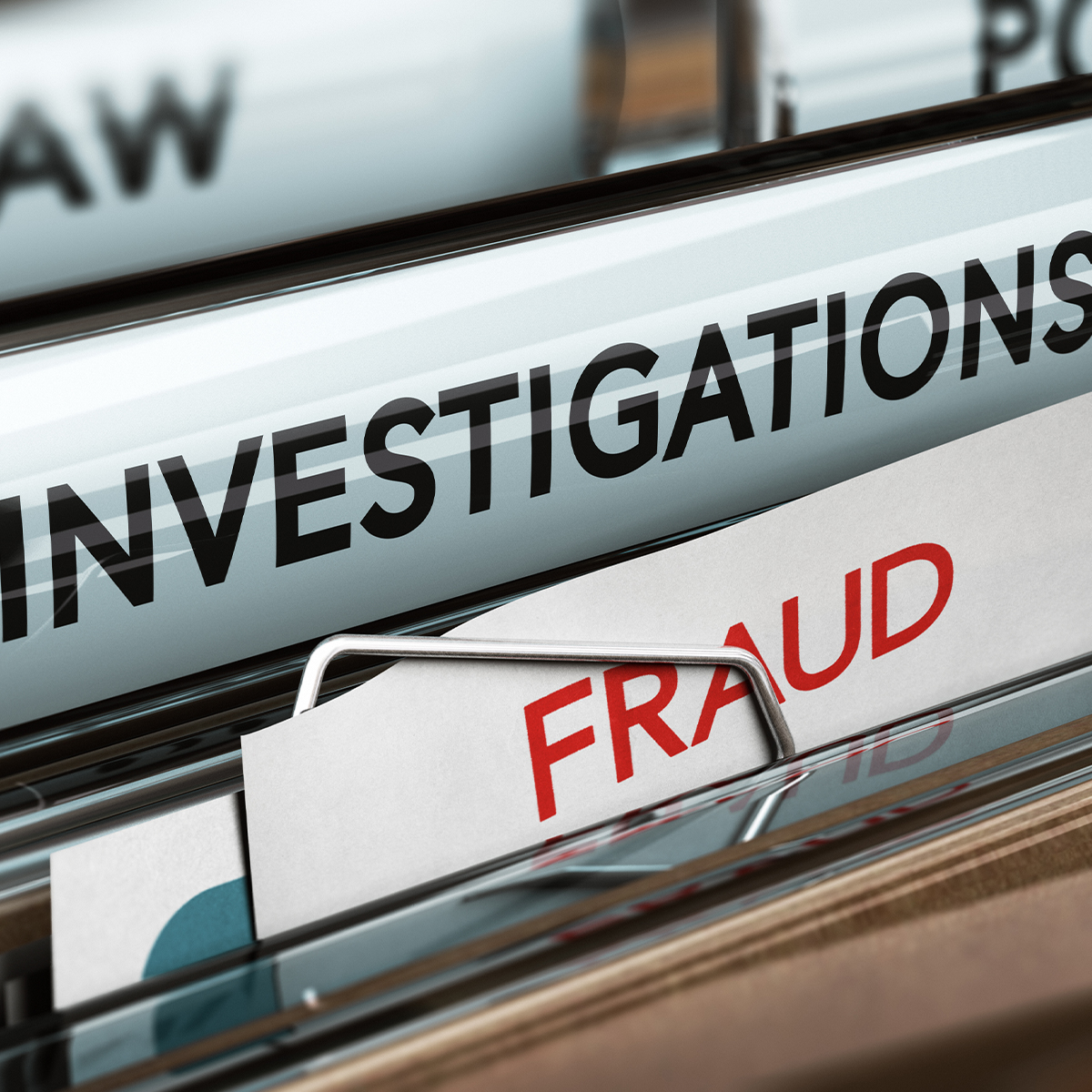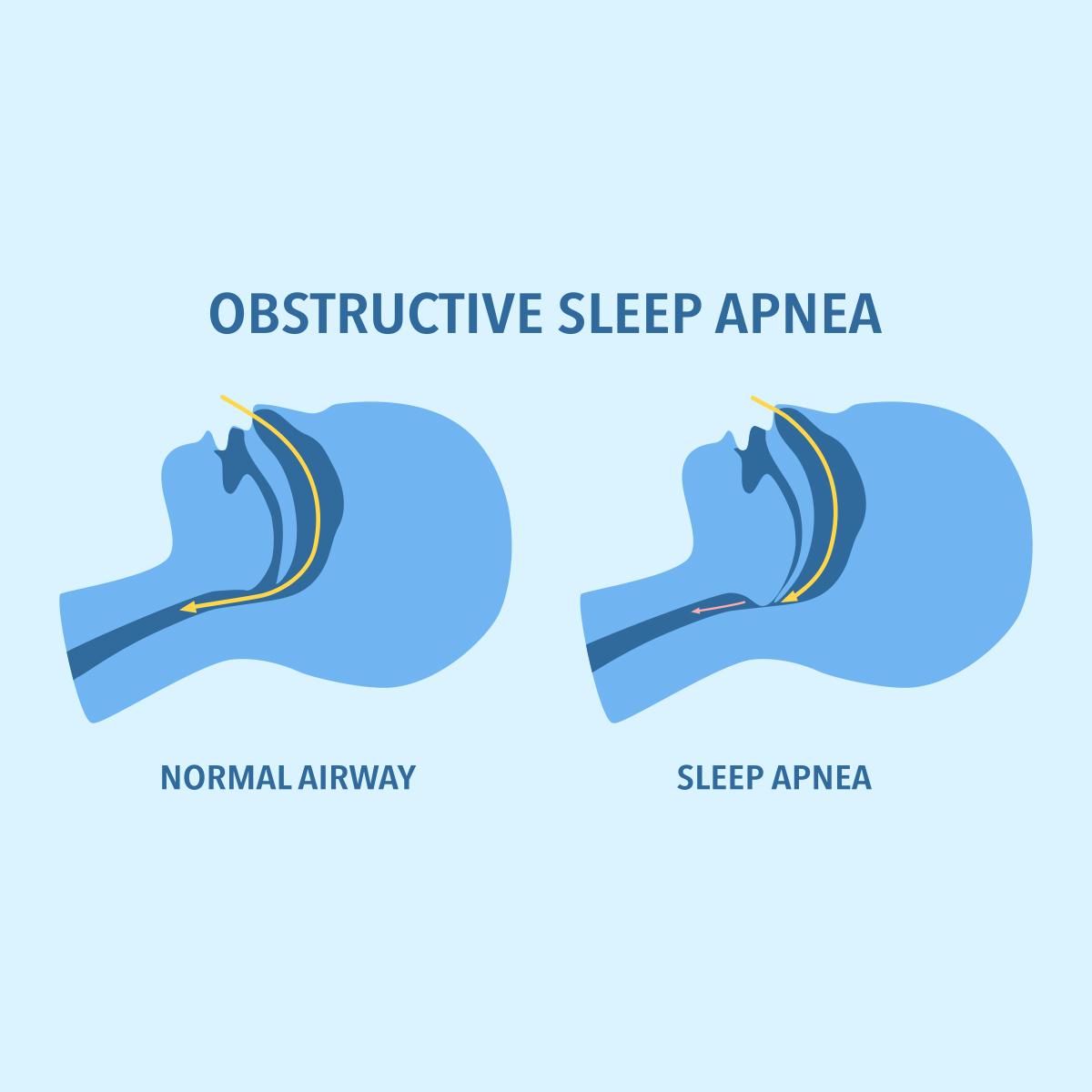-
Property & Casualty
Property & Casualty Overview

Property & Casualty
We offer a full range of reinsurance products and the expertise of our talented reinsurance team.
Expertise
Publication
Structured Settlements – What They Are and Why They Matter
Publication
PFAS Awareness and Concern Continues to Grow. Will the Litigation it Generates Do Likewise?
Publication
“Weather” or Not to Use a Forensic Meteorologist in the Claims Process – It’s Not as Expensive as You Think
Publication
Phthalates – Why Now and Should We Be Worried?
Publication
The Hidden Costs of Convenience – The Impact of Food Delivery Apps on Auto Accidents
Publication
That’s a Robotaxi in Your Rear-View Mirror – What Does This Mean for Insurers? -
Life & Health
Life & Health Overview

Life & Health
We offer a full range of reinsurance products and the expertise of our talented reinsurance team.

Publication
Key Takeaways From Our U.S. Claims Fraud Survey
Publication
Favorite Findings – Behavioral Economics and Insurance
Publication
Individual Life Accelerated Underwriting – Highlights of 2024 U.S. Survey
Publication
Can a Low-Price Strategy be Successful in Today’s Competitive Medicare Supplement Market? U.S. Industry Events
U.S. Industry Events
Publication
The Latest in Obstructive Sleep Apnea -
Knowledge Center
Knowledge Center Overview

Knowledge Center
Our global experts share their insights on insurance industry topics.
Trending Topics -
About Us
About Us OverviewCorporate Information

Meet Gen Re
Gen Re delivers reinsurance solutions to the Life & Health and Property & Casualty insurance industries.
- Careers Careers
Microdosing – The Underwriting Perspective

Historically, psychedelics have been associated with counterculture movements and viewed with scepticism by mainstream society. However, recent years have seen a significant shift in perception, driven by emerging research highlighting their potential therapeutic benefits. This changing landscape is crucial for underwriters to understand, as it reflects broader societal trends that may influence applicants’ behaviours and disclosures.
One of the most significant aspects for underwriters to consider is the regulatory environment surrounding psychedelics. The legal status of substances such as LSD and psilocybin varies widely across different jurisdictions. In some areas, these substances remain strictly prohibited, while other states are beginning to explore decriminalisation or regulated medical use. Staying informed about these regulatory changes is essential for underwriters so they can accurately assess the legal implications of an applicant’s microdosing practices.
Underwriting Considerations
What should an underwriter look for when an applicant discloses microdosing? To differentiate unfavourable from favourable applications, here are some red and green flags to be aware of.
Red Flags
Comorbidities and mental health history: Applicants with a history of mental health issues, such as depression, anxiety, suicide attempts, or substance use disorders (SUDs), may be at higher risk when microdosing psychedelics. These comorbidities can complicate the effects of psychedelics and may increase the likelihood of adverse outcomes.
Sequelae after use: Applicants who have experienced adverse effects or sequelae following the use of psychedelics in the past may present higher risks. These past experiences can indicate potential vulnerabilities and complicate the risk assessment process.
Lack of medical documentation: Applicants who microdose without any medical documentation or evidence of healthcare professional involvement may pose a higher risk. This lack of documentation can make it difficult to verify the safety and appropriateness of their microdosing practices.
Inconsistent information: Inconsistencies in the applicant’s disclosures about their microdosing habits, such as conflicting statements about frequency or dosage, could indicate potential issues with honesty or reliability.
Use of multiple substances: Applicants who microdose psychedelics in conjunction with other substances, whether legal or illegal, may present higher risks. The interaction between multiple substances can complicate health outcomes and increase the likelihood of adverse effects.
Behavioural changes: Reports of significant behavioural changes or instability associated with microdosing could be a red flag. These changes might indicate that the applicant is experiencing negative side-effects or is not managing their microdosing practices safely.
Green Flags
Medical supervision: Applicants who microdose under the supervision of a healthcare professional may be at lower risk. Medical oversight can help ensure safe practices and monitor for any adverse effects, making this a positive indicator.
Stable mental health: Applicants with a stable mental health history and no prior issues with substance abuse may be better candidates for microdosing. Their ability to manage and benefit from microdosing without significant risks can be seen as a green flag.
Transparency: Applicants who are open and honest about their microdosing practices demonstrate transparency and trustworthiness. This can facilitate a smoother underwriting process and lead to more accurate risk assessments.
Positive health outcomes: Applicants who report positive health outcomes from microdosing, such as improved mental clarity, reduced anxiety, or enhanced mood, and can provide evidence of these benefits through medical records or testimonials from healthcare providers, may be seen as lower risk.
Consistent and responsible use: Applicants who demonstrate consistent and responsible use of microdosing, such as adhering to recommended dosages and schedules, and who have a clear understanding of their practices, can be viewed more favourably.
Educational and professional stability: Applicants who have stable educational or professional backgrounds and can show that microdosing has not negatively impacted their performance or responsibilities may be considered lower risk. Stability in these areas can indicate that the applicant is managing their microdosing practices well.
Looking Ahead
As microdosing psychedelics becomes more mainstream, it is likely to have an increasing impact on Life insurance underwriting. Underwriters who proactively engage with this trend will be better positioned to navigate its complexities and leverage its potential benefits.
Microdosing psychedelics represents a fascinating and complex frontier in Life insurance underwriting. While the scientific evidence and potential risks and benefits are well-documented, underwriters must also consider the broader implications of this practice. We hope this review has helped reduce some of the stigma attached to psychedelics and microdosing, and makes underwriters feel more confident in handling applications where microdosing is reported.





